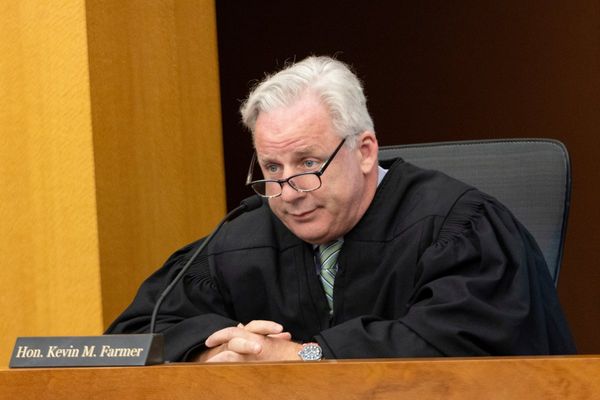
You say hello with “ADIEU”. Me, I’ll see you “LATER”.
If you don’t know, no BIGGY: it’s Wordle, the most viral experience of the summer — after Omicron, at least — spreading to millions of daily players. Unheard of one minute, the centre of morning conversation the next.
And this week came its inevitable monetisation, when The New York Times paid designer Josh Wardle “a seven figure sum” to incorporate the game into its digital portfolio, which sells separate to the news subscription for about $90 a year.
For word puzzle tragics, Wordle has a magic in its simplicity: find the daily five-letter word within six attempts from the 160,000-odd options in the English language ranging from AARGH to ZYMES. Each new word gives you clues. Right letter? Yellow tile. Right letter in the right place? Green tile. Unused letters? Black.
No tips, but here’s one FAVOR: it uses US spelling.
And what a backstory! While Facebook has always carried the stain of its “Hot-or-Not” ratings of female Harvard students as its origin story, Wardle designed Wordle more or less as a gift for his partner who liked playing the various New York Times puzzles. What a CHAMP!
Starting with 90-odd users in November, it’s now estimated in the millions, its spread driven in part by its humblebrag sharing option which translates the attempt grid into lines of coloured tiles. It’s been all over public social media like Twitter (and more private family-and-friend WhatsApp groups) since December.
Along with the joy, the puzzle has brought a matching serve of “Get off the GRASS!” (or at least the Twitter feed) from the grumpy old men set. But the NYT buyout reminds us of a dirty secret of news media: packaging word puzzles with news has been central to media distribution strategy for nigh on a century.
Right now, along with cooking, New York Times Games is the unacknowledged success in the company’s digital subscription surge. Recent figures show it makes up about 1 million out of the total 8.4 million paying subscribers. Back of the envelope, if Wordle brings in another 15,000 or so subscribers to the games package, it will more than pay for itself.
Both the company and Wardle say Wordle will remain free (and free of ads) for the time being. It could be used as a free taster to lure subscribers in a “Like-this? Pay-for-that” play, although part of the attraction of the current product is that with just one puzzle a day, it deliberately eschews the gamified addiction of the surveillance capitalism internet.
The closest an Australian media company has come to successfully monetising word games in the digital era is the Nine masthead’s subscription tiers “Starter” and “Premium”. The core difference for an extra $90 a year? Access to the crosswords and related puzzles.
Unlike The New York Times (or News Corp for that matter), Nine doesn’t release digital subscription numbers, either in numbers or broken up by plan. But if at least a third are opting for the premium product, the crosswords and puzzles would be delivering up to $10 million of the masthead revenues. Off the back of the crosswords’ success, the compiler of Friday’s notoriously difficult grid, DA (known alternately as David Astle or Don’t Attempt) has become a cult figure in his own right.
Most Australian companies have seen puzzles as a cost rather than a revenue stream, contracting out their games and puzzles and syndicating across the group. Most are drawn from the largest local provider (and puzzle magazine publisher) Lovatts Media.
Last century, most Australian papers printed syndicated British cryptic crosswords. The Sydney Morning Herald was the first to make a virtue of having its own offering. For 60-odd years, it was created by journalist Lindsey Browne who started contributing as a cadet in 1935 and then through his career as the paper’s leading arts critic in the 1950s, and on to just before his death in 2003.
His crosswords became culturally ingrained in post-war Sydney life and Browne became a celebrity journalist before its time when he scooped the pool on the early TV quiz show BP Pick a Box. Famously, he proposed to his first wife when the first letters of one day’s answers popped the question: “Will she marry me?”
Being driven by journalistic interests (rather than the Oxbridge classical snootiness of the Fleet Street broadsheets) his work brought a contemporary, often political, and deeply Australian flair to Australian crosswords, His approach endures with standard clues today like “Geoffrey” for the syllable “rush” or “Australian actress” for the suffix “-cate.”
Perhaps his most remembered clue brought it all together: “Toothless emaciated [Sir Robert] Menzies is a whatchamacallit (9,3)?” Answer: Thingummy-bob.







